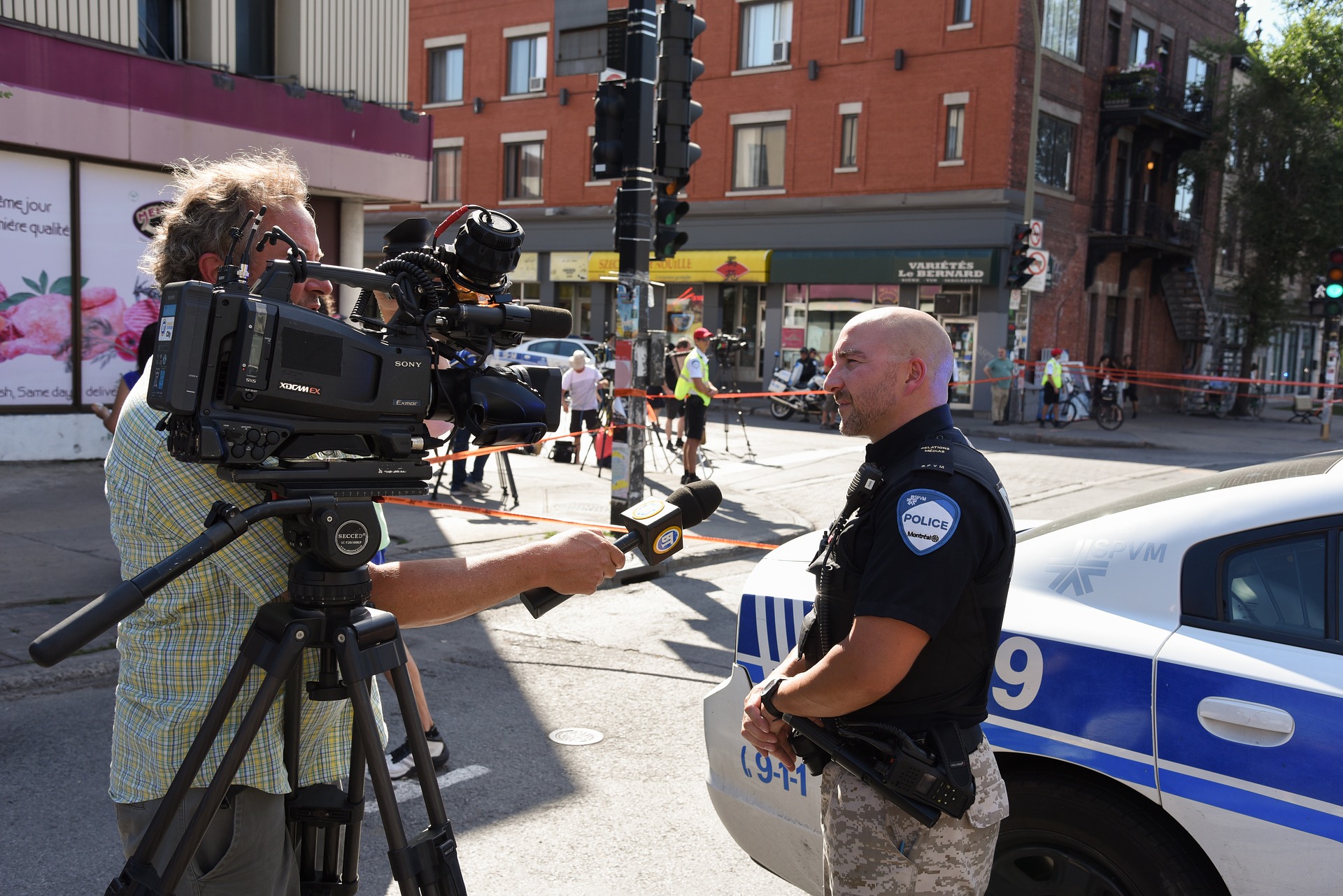In my experience as a broadcast journalist, reporting suicide cases has been one of the most sensitive, if not the hardest coverage I’ve ever done. Suicide is a complex and multifactorial issue and there has always been a notion about the possibility of copycat cases.
I know some people who have lost someone because of suicide. Many of them said it’s never easy to deal with the struggle, especially if they take the blame for failing to prevent the act. There are others who told me they felt suicidal at one point in their lives, but it has been good that none of them went through with it.
Next Sunday (Sep 10) is World Suicide Prevention Day. I never felt more encouraged to write an article again about this issue until I learned about this year’s theme, “Take a minute, change a life.” The worldwide observance is spearheaded by the International Association for Suicide Prevention (IASP) and supported by the World Health Organization.
There are recurring themes in many suicide cases/attempts I’ve known, heard, or written about: depression, listening, and compassion. And according to the IASP,
“People who have lived through a suicide attempt have much to teach us about how the words and actions of others are important. Many say that they actively sought someone who would sense their despair and ask them whether they were okay.
Life is precious and sometimes precarious. Taking a minute to reach out to someone – a complete stranger or close family member or friend – can change the course of their life.
To explain more about World Suicide Prevention Day, we’re joined by Xiaojie Qin, founder and executive director of CandleX, a Beijing-based organization and support group for people struggling with depression and mental health issues.
Is the thought of suicide an issue of mental health? What are the risk factors that can lead up to this act? Who are the most vulnerable?
Absolutely, it is a mental health issue. Research has shown that in 60 to 70 percent of suicide cases, people actually have a mental health issue, mainly depression. If you want to prevent suicide, you have to look at the population with mental illnesses. The risk factors are really hard to tackle because there are so many factors to look at. I was at the 10th National Mental Health Conference and the key message of that workshop says the factors of suicide are too broad, even when people know what it is, it’s like what do we expect them to do about it. Also, the workshop talked about the issue of suicide in youth as it is the second cause of death for young people aged 15-25
READ MORE: About Teen Suicide
Is there a definite response or formula to somewhat stop vulnerable people from attempting suicide?
On a fundamental level, listening is a good way; being sensible to their emotions is another as well. Try not to change the way they feel but try to acknowledge it by being compassionate. Empathizing is really important.

IASP says that many people who have lived through suicide attempts had actively sought someone who would sense their despair and ask them whether they were okay.
Why are people reluctant to intervene or even help someone? Can we easily spot the “signs” that might lead to suicide?
First of all, people are not reluctant to help. I think people, in general, want to help, they just don’t know how because there’s not enough education in school, not enough talk in the family. Just having awareness is not enough. There are common signs in suicidal people and if you’re familiar with them, then you can spot them. People who contemplated suicide usually will seek help, not directly by asking but giving signs.
Part of the reason why I started CandleX is because of the year when I recovered from depression. One friend died (of suicide) and that just shocked me. So the founding of CandleX has a direct relationship with this person’s death.
READ MORE: The Value of Listening for People with Depression
Can the act of helping aggravate the situation?
Yes, if you don’t know how to do it, just like doing the wrong thing to treat an injury. That’s why everybody needs to have basic information on how to deal with suicides. Just like what I said earlier, try not to change the way they feel like telling them, “You shouldn’t feel this way, you’ve got family, friends… you’ve got a good job. Why do you want to die?” Don’t try to reason with them. Helping should always go back to the fundamental point of being compassionate, knowing why they feel this way and letting them know that you understand their situation.
I also think there’s a misunderstanding that we shouldn’t ask people if they’re suicidal. Research has shown that asking is not going to aggravate the situation. Always ask. If you see some signs in people, like when someone is going through depression, ask, “Are you suicidal?” It’s a difficult question that sometimes you’d be, “Okay, are they actually gonna do it?” It’s not gonna work that way. If they’re thinking about it they’re gonna tell you and you can take precautions to prevent the act. But if you never even ask, you will lose the opportunity to save someone.
What role do (social and traditional) media and the internet play in suicide prevention?
I have a mixed feeling about it because in the past, whenever there’s a suicide case, the media, without any knowledge or training on how to report on it or what to do and what not to do, tell stories based on drama instead of shedding light on mental health and educating the public about suicide prevention. The way the media write the stories is not coming from the public health focus. They’re missing the opportunity for public education as well. On the other hand, I remember in 2014 when I first searched the internet about suicide, there was a bunch of articles about the different things that people share online that shouldn’t be there. They’re providing information on how people can kill themselves. But now if you Baidu or Google “suicide,” the search box will show suicide prevention hotlines or articles about what to do when someone feels suicidal. The search engines have turned to be more on the prevention side now.
Sure, there’s a great role that the media can play and I can definitely see some of the progress on the internet. In reporting, there are still many bad stories and coverage of suicide cases but there have been cases where people can talk about suicide in a positive light.

Journalists unfamiliar with suicide reporting can treat cases as they would for crime reports, while other media outlets can sensationalize or trivialize the issue
Are there any resources people can use to communicate with people attempting suicide?
In some situations, there are experts to deal with them. For example, if someone is trying to jump off a building, there are crisis situation professionals.
READ MORE: In the Moment of Blur | Sam’s Story with Depression
More resources on suicide prevention
– CandleX offers mental health support (in English) to teenagers and adults living in Beijing. Expats and Chinese nationals are all eligible to receive this support. Its founder, Xiaojie Qin is an English speaking Chinese national, found it difficult to identify with the Chinese mental health services available and concluded that the English-speaking community in Beijing lacked both social and clinical support. This realization inspired her to fill the gap, and she soon after founded CandleX, with the aim of providing mental health support in English. (info@candlex.cn)
– WHO Sustainable Development Goals: Mental health
– WHO: Key facts about suicide and suicide prevention
– Reporting on suicide: Important Points for Covering Suicide
– International Association for Suicide Prevention: Resources and infographics
Photos: rawpixel, RyanMcGuire, yankypollak via Pixabay
See more of my stories here.
Subway Sunday | Mandarin Monday | The Bucket List | Doctor’s Corner
Email: andypenafuerte@beijing-kids.com
Web: coolkidandy.wordpress.com
Instagram: @coolkidandy



